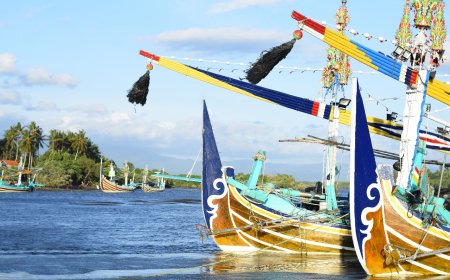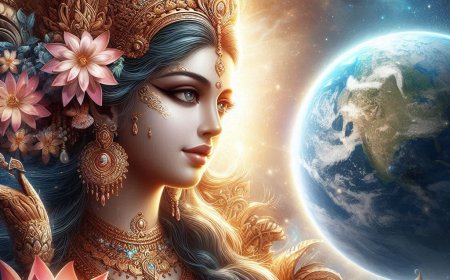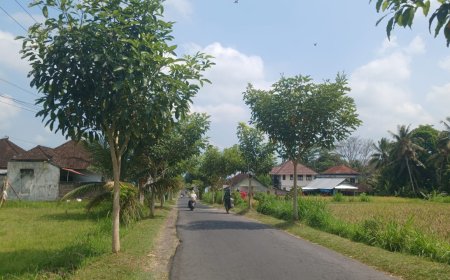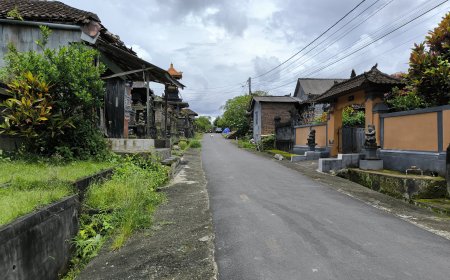The Natural Beauty and Culture of Bulian Village: A Hidden Paradise in Buleleng
Bulian Village is a hidden gem offering natural beauty and cultural richness. Known for its history linked to a Hindu kingdom since the 3rd century, the village features important sites such as Pura Yeh Lesung, a sacred place for purification rituals and spiritual healing. In addition to its history, the vast dragon fruit plantations and 33 temples scattered throughout the village enhance its charm. Local wisdom, such as communal cooperation, is still highly upheld by the community, making Bulian an ideal destination for those seeking tranquility and an authentic Bali experience.
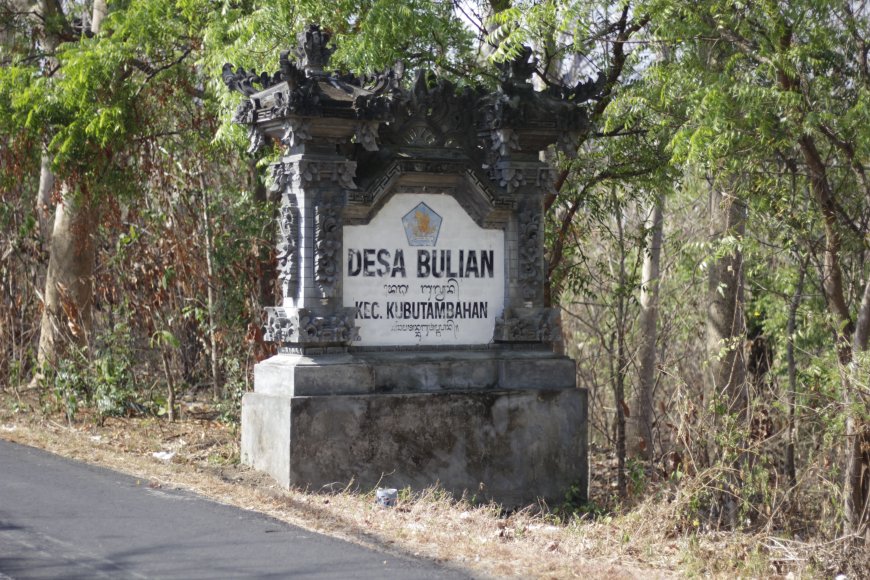
Talking about culture and its natural beauty, North Bali certainly holds a myriad of mysterious facts and unique features. Now, let’s delve deeper into the World of Sang Singa Ambara there’s a hidden gem in Buleleng, a village that captivates with its stunning nature and culture. The village of Bulian, as it’s called, may not be as famous as other tourist villages in Buleleng, but it is highly recommended for escaping the hustle and bustle of the city and enjoying pristine natural beauty.
In the past, Bulian was nicknamed Banyubuah Village, located in the Kubutambahan District, Buleleng Regency. The existence of Bulian is rarely heard among the general public; who would have thought it holds many relics rich in history and uniqueness not found in other villages in Bali? The name Bulian comes from the word “Bulih,” meaning rice seed, with the suffix “an,” implying that Bulian translates to "Rice Seed." This suggests that in ancient Bali, this area was part of a prosperous kingdom known for its abundance of natural resources, hence also referred to as “Gunung Sari.” This is further supported by various lontars such as Lontar Tingkahing Mungkah Parhyangan, Sangkul Pinge, and Lontar Kusumadewa. Some also link Bulian to the words Abulih or Mebulihan, indicating that in the past, it served as a stronghold against enemies.
From this brief history of Bulian, it is evident that its natural beauty remains intact, particularly the view of the Dragon Fruit plantations that have become a key commodity. Moreover, Bulian offers a unique religious aspect, with 33 temples scattered throughout the village.
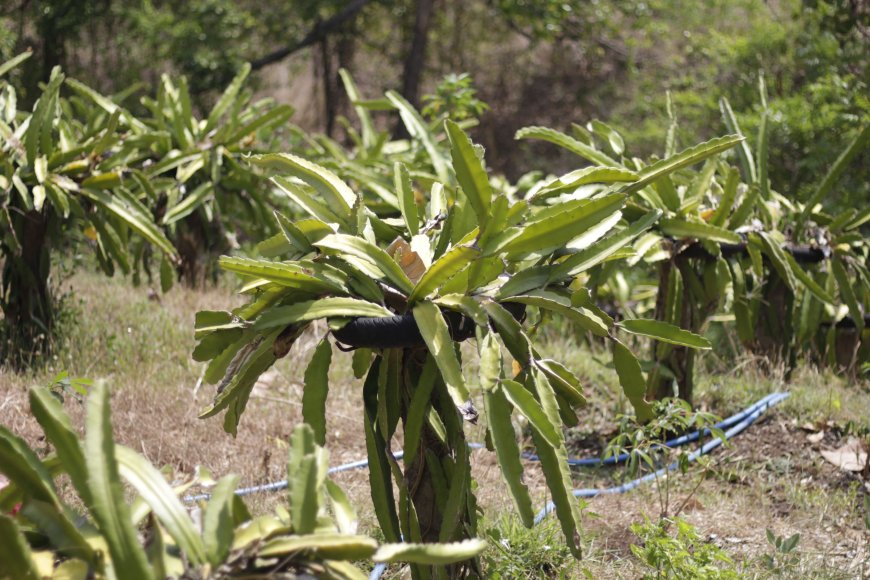
Picture Of Dragonfruit Garden (Source: Private Collection)
In terms of religiosity, significant cultural elements arise, especially with the discovery of copper inscriptions dating back to 1103 Caka (1181 AD) known as Prasasti Bulian A and 1182 Caka (1260 AD) known as Prasasti Bulian B. These inscriptions provide insights into the existence of temples, traditions, and sacred dances, residing in Jurang Pingit Temple, which is highly revered. According to local beliefs, one must perform a religious ritual to view the inscription.
Delving deeper, research conducted by the Archaeological Office suggests that Bulian may have developed a Hindu kingdom in the 3rd century AD, possibly predating the Kutai kingdom.
From history emerges a rich culture, particularly evidenced by the Warmadewa dynasty. One significant spiritual and cultural center is Yeh Lesung Temple, which serves not only as a place of worship but also as a silent witness to historical and local wisdom passed down through generations.
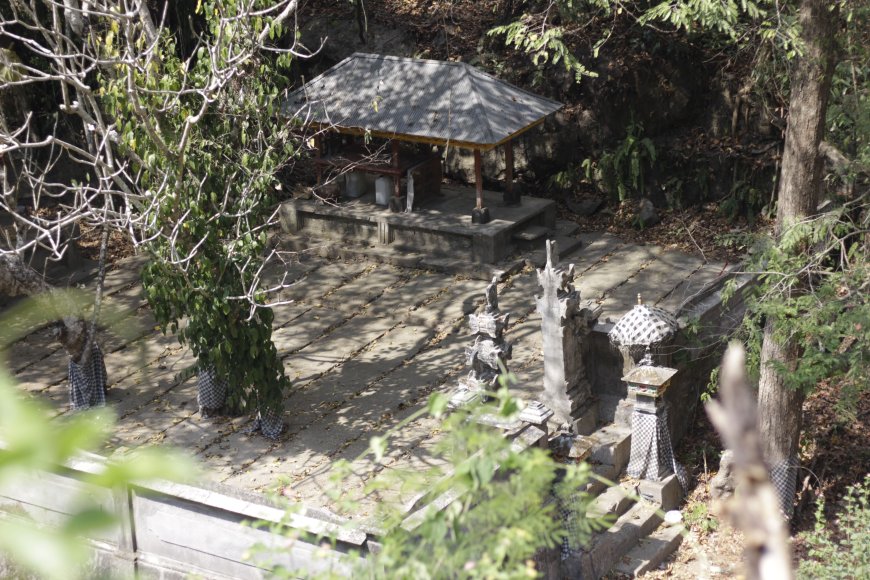
Picture Of Yeh Lesung Temple (Source: Private Collection)
The origins of Pura Yeh Lesung are not definitively known, but this temple was built to honor the kings who once lived in Banyubuah (Bulian). The temple was once used as a fortress and a defense post by the kingdom. However, according to the elders of Bulian Village, Yeh Lesung temple is believed to date back to the arrival of a king named Tabanendra Warmadewa and his consort, Subhadrika Darmadewi, who was the granddaughter of Ugrasena.
In ancient Bali, Yeh Lesung temple was used as a place for purification rituals (melukat) by kings in ancient Bali to seek healing. This tradition continues today, with local Hindu devotees still using it as a place for purification. The uniqueness of Pura Yeh Lesung lies in the presence of 11 water sources in the Bulakan/Lesung, which emerge from stones and have never dried up. The local community believes this makes the temple a sacred place to seek healing (tamba). Additionally, a relief of cockfighting found near the temple area indicates that a community existed in the ancient past.
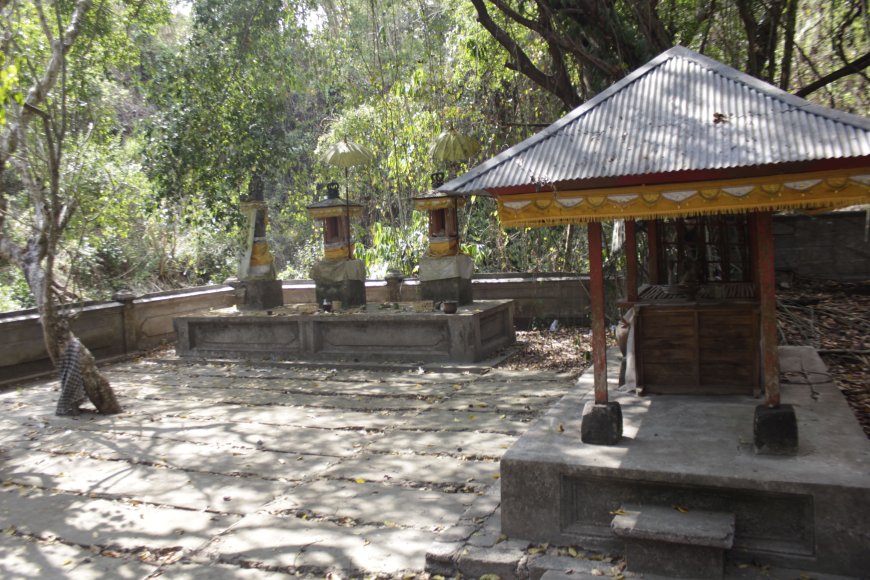
Picture of Penglukatan in Yeh Lesung Temple (Source: Private Collection)
Therefore, we can examine the Social and Cultural Values present at Yeh Lesung temple, where the temple is maintained by the krama dadia (community members) who are responsible as the pengempon (caretakers) of the temple. This responsibility is clearly seen when preparing for the odalan (religious ceremony), where the krama dadia and the caretakers actively take part in cleaning the temple area. This tradition highlights the value of mutual cooperation (gotong-royong), passed down from generation to generation, where the community collectively preserves the sanctity and sustainability of the temple.
The mutual cooperation practiced by the krama dadia is not merely a responsibility for the physical upkeep of the temple but also a tangible representation of the social values inherited from their ancestors. This value teaches the importance of teamwork and unity in preserving cultural heritage, while also reflecting how the Balinese people prioritize harmony in their social lives. Through the involvement of all community members, the continuity of this tradition is maintained and remains relevant amid the changing times.
Furthermore, Yeh Lesung temple in Bulian Village is not merely a sacred place for worship but also a symbol of the harmonious relationship between humans, nature, and the Creator. The rituals that are still preserved today, along with the continued practice of local wisdom, serve as evidence that tradition and modernity can coexist harmoniously. This temple stands as a living testament to how the Balinese people successfully maintain a balance between tradition, spirituality, and modern life.









